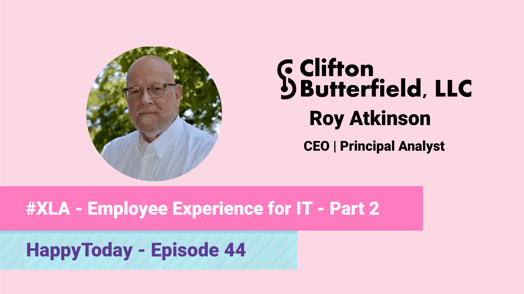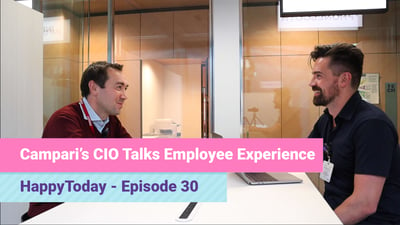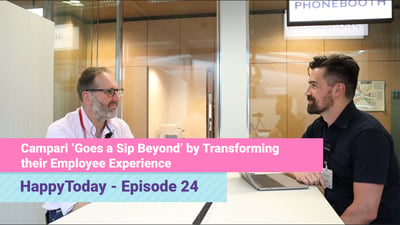Feedback the MVP
Improving anything begins from receiving feedback. So why shouldn't your IT services be the same? Feedback plays a vital role in enhancing employee's experience and in essence, should become the most valuable player (MVP) in initiating change.
Allowing your end-users to give feedback offers them a chance to voice their opinions on whether something was good or bad.
You may now be thinking, "Oh great, we can't wait to hear a tonne of moaning feedback about how bad IT is". But in fact, 75% of all feedback received from end-users about IT services is positive.
Feedback plays a more significant role than giving a voice to your end-users. It works as a motivator for your IT service desk. If 75% of all feedback is positive, then surely your team wants to know how well they are performing and the great experience they are delivering to their customers!
Positive feedback creates a greater motivation for your service desk team to come to work and keep delivering high-quality services to end-users.
Feedback should be a constant and instant
Waiting for quarterly or yearly feedback results is not enough to understand how your end-users are experiencing services.
Take 2020, for example - if you conducted an annual satisfaction survey in January, you would have to wait a year to find out how your end-users were experiencing and coping with so many drastic changes in their work life.
By receiving constant feedback, an IT team can instantly see how their users are experiencing IT services in real-time. This gives the opportunity to make instant and informed decisions on specific development areas.
The Employee Experience Cycle
Employee experience, just like Dev Ops, is an infinite cycle. We break this down into four stages; Measure, Share, Identify and Improve.
Measure, of course, is the stage where you collect feedback from your end-users. Sharing is making sure to share with all IT stakeholders.
Identify, the third stage of the cycle is where you take the feedback and identify where your team should begin identifying end-users problem areas and develop services to fix these specific areas.
In this stage, you should set targets on what needs to change a specific negative experience to a positive one. We would recommend using Experience Level Agreements.
Targets, however, shouldn't be created with such fixed metrics, for example, 90% first call resolution. Roy claims that by setting metrics like this will initiate something called "Goodhart's law" where as soon as a particular metric is set, it ceases to be valid as your team will work at all costs to achieve that goal, doing whatever it takes.
This is where SLA metrics have gone painfully wrong.




